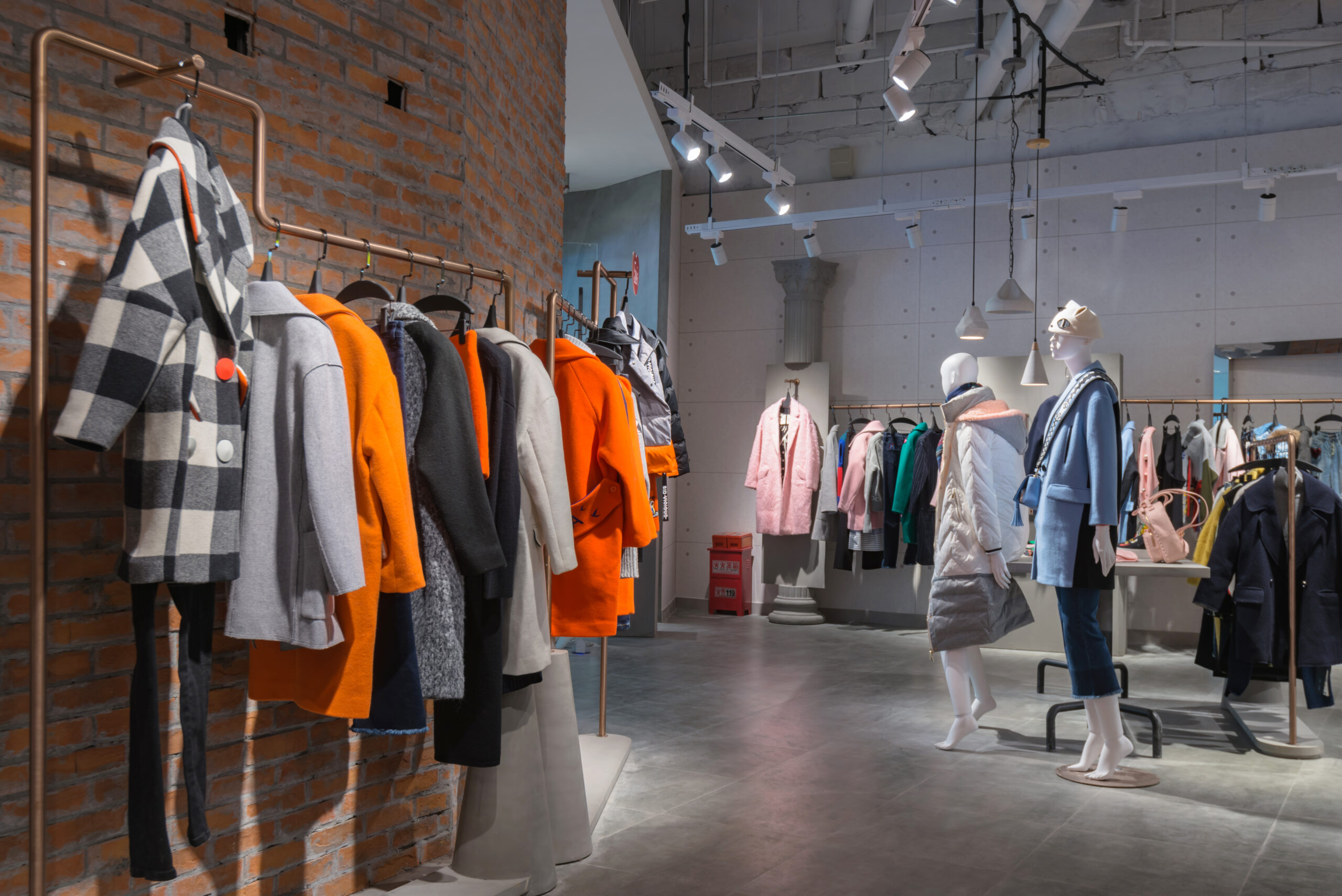Discover how an evolving fashion retailer embraced change by letting go of their old practices to adopt a new approach with Akeneo’s PIM. Facing issues with their usual processes, the retailer decided to work with Akeneo to enrich product information, reduce time-to-launch, and facilitate collaborative work between teams.

Keywords
‘Out with the old and in with the new’ has been the strategy of a certain fashion retailer, reflected not only in the trajectory of their products but also in their workflows.
Over the past year, a leading fashion retailer embarked on a transformative digital journey to improve operational efficiency and deliver a seamless customer experience across three distinct women’s fashion brands.
A year ago, this retailer faced significant challenges in managing product information across their brands. Without a centralized product information management (PIM) system, teams relied on outdated processes involving Excel sheets, manual data entry, and inconsistent communication between departments. The flawed method led to fragmented product information, a delayed time-to-market, and a disjointed online shopping experience for their customers.
Determined to become a digitally-driven business, the retailer embarked on a journey to achieve digital transformation, choosing Akeneo as their partner. They recognized that to attain their vision of operational excellence, they needed a solution that could support their ambitious re-platforming efforts and unify product data across multiple brands.
In the first few months, the retailer began by involving key stakeholders from site merchandising, marketing, digital operations, and product management teams. With a focus on building a scalable solution, they collaborated with Akeneo and a system integrator to expedite the PIM implementation. This early phase involved intensive training, workshops, and configuring the centralizing solution to align with the complex data structures of each brand.
While the retailer experienced initial challenges, such as learning new workflows and adjusting to a more composable architecture, the commitment from their internal teams paid off. By the end of the first quarter, product data management processes were noticeably more efficient, allowing cross-functional teams to work within the PIM simultaneously - something that wasn’t possible before.
Six months into their journey, the fashion retailer began to realize the true potential of Akeneo.
With streamlined processes and real-time product data updates, they were able to significantly reduce the delays previously faced. Product information, including descriptions, images, and pricing, was now accurate and readily available for teams to review before going live, leading to fewer errors and an improved time-to-market.
By integrating Akeneo into their day-to-day operations, the retailer eliminated unnecessary duplication, such as writing product descriptions for each color variant manually, accelerating the enrichment process and improving the end-customer experience.
As the retailer approached the one-year mark, the transformation was complete. Their teams had fully adapted to Akeneo, and the business was now able to manage product information more efficiently than ever. The retailer’s strategy of continuous improvement paid off, with ongoing adjustments enhancing processes over time.
With Akeneo firmly in place, the retailer now plans to onboard additional brands onto the PIM platform and are exploring the use of AI to further enhance product descriptions and automate manual processes. They see Akeneo as a long-term traveling companion that will help them continue to scale their operations and refine their digital strategy.
The first year of this retailer’s journey with Akeneo transformed not only their internal operations but also their ability to deliver a superior customer experience, an achievement that fuels the road to success.
Our Akeneo Experts are here to answer all the questions you might have about our products and help you to move forward on your PX journey.


Explore how PCM helps brands centralize and enrich product data, streamline workflows, and improve content delivery across channels, and gain a...
Read more
2025 Amazon Prime Day has officially been announced for July 8-11; if you’re a brand looking to take full advantage of one of the biggest sales...
Read more
Explore how these 2025 Experience Award winners elevated product experiences by centralizing data, automating workflows, scaling globally, and...
Read more